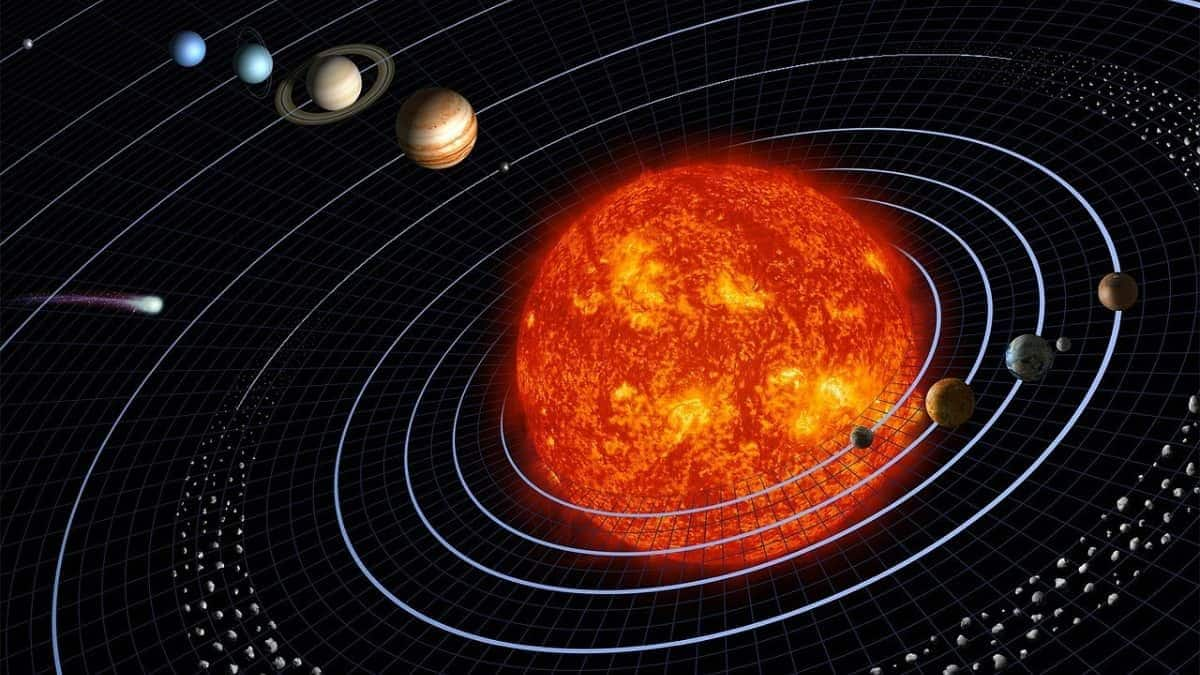
Earth doesn't 'directly' revolve around Sun: What does it mean?
What's the story
Contrary to popular belief, Earth does not orbit the Sun directly. Instead, it revolves around a point in space known as a barycentre, which is typically near but not within the Sun. This revelation challenges traditional teachings about our planet's path around its star. As planetary astronomer James O'Donoghue explains, planets orbit the Sun in general terms, but technically they don't orbit the Sun alone due to gravitational pull.
Gravity dance
Gravitational forces: The Sun, Earth, and the barycentre
The Sun, being 1,048 times the mass of Jupiter, exerts a significant gravitational pull. However, Earth also influences the Sun with its own gravitational force. NASA uses Kepler's third law to explain this interaction: "Both bodies actually revolve about a common center of mass, which is called the barycentre." O'Donoghue further clarifies that while it's natural to think we orbit the Sun's center, this alignment rarely occurs due to other celestial influences.
Celestial impact
The barycentre: Influenced by gas giants
The barycentre, the point around which bodies in our solar system revolve, is generally near the Sun due to its massive size. However, gas giants like Jupiter and Saturn cause this point to rarely fall within the Sun itself. Currently, the barycentre lies outside of the Sun, meaning that Earth is not directly orbiting our star. O'Donoghue says that the gravitational influence of Jupiter, forces other planets to orbit a new point in space.
Orbital shifts
Barycentric orbits also apply to smaller celestial bodies
The principle of revolving around a barycentre is not exclusive to planets. It also applies to smaller celestial bodies like moons. For instance, Earth and its Moon orbit a point 5,000km from Earth's center - a position that continually changes as the Moon gradually drifts away from Earth. This dynamic illustrates how the concept of barycentric orbits permeates our solar system, influencing even the smallest celestial bodies.